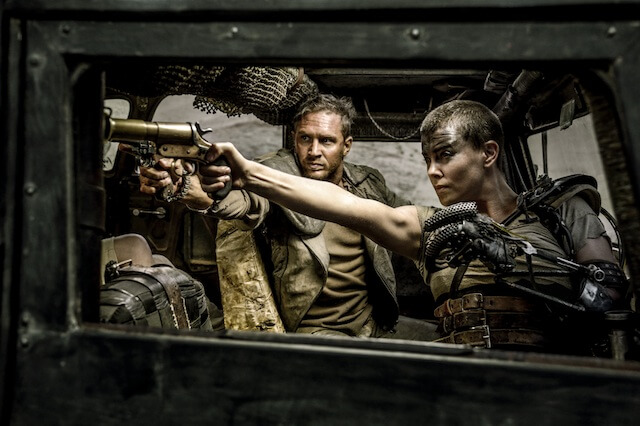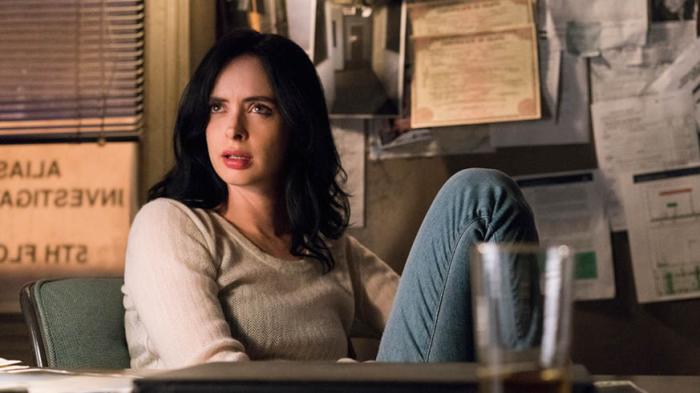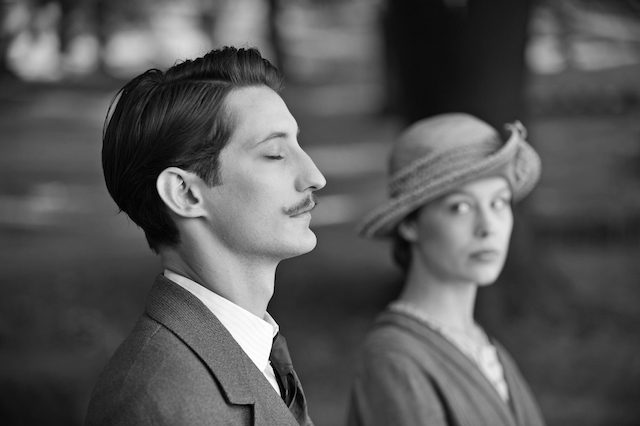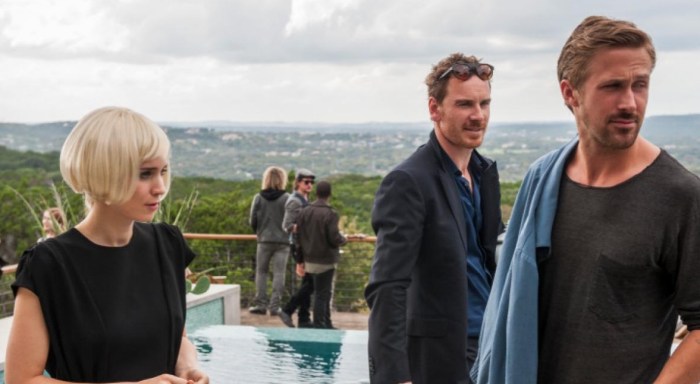‘Mad Max: Fury Road’ Thirty years separate “Mad Max: Fury Road” and its last installment, the gee-whiz threequel “Mad Max Beyond Thunderdome.” It shows: All the pent-up expectation explodes in a relentless flurry of grease-stained automotive mayhem, peppered with explosions, collisions, dudes flying about on bending sticks and reams of S&M duds. In April “Furious 7” scored a fair amount of wows for a scene where Vin Diesel and Paul Walker drove a souped-up ride not through two but three skyscrapers. But did it have a fleet of porcupine cars? Some dude strapped to the front of a truck strumming out licks on a combination guitar-flame thrower? A desert storm so towering it makes the Red Sea climax from last year’s “Exodus” look like a wave pool? There’s so much business going on there’s barely room for a plot. In this case that’s fine; any more story or character development than the little it has might get in the way of its beautiful, transcendent destruction. Brooding post-apocalyptic loner Max Rockatansky returns, transformed from a taciturn Mel Gibson into an even more withdrawn Tom Hardy. The bulk of this fourth entry is action — a single cross-continent chase between the vehicular armies of a white-haired fascist, Immortan Joe (Hugh Keays-Byrne), and Charlize Theron’s Furiosa, who has absconded with his gaggle of young brides. She hopes to whisper them away to one of those dystopian Edenic promised lands that may or may not exist, away from the things of man — which is to say oppressive, pudgy, old men who will chase them to the ends of the earth (or Australia) to maintain their oppressive patriarchy. As ever, Max is part reluctant semi-hero, part bystander in a movie bearing his name. He even spends the first third chained up with a muzzle, rendering Hardy’s aggressive mumble-mouth even less coherent than his Bane in “The Dark Knight Rises.” It takes even longer for him to chill to Furiosa and company, even after realizing that if caught they’d return to subjugation, or worse. Hardy is the perfect Mad Max, in a way even better than Gibson: he’s a weird actor who never likes being too liked. He happily allows the movie to be stolen by Theron, whose buzz cut opens up her face, allowing her to project a constant aura of vulnerability and concentrated baddassery. (Oh, and she also has a robotic arm.) She has sad eyes but also a mighty scowl. Late in Furiosa teases at a backstory, something that drives her to seek redemption, but you don’t need to know it; she’s iconic as is. And though modern moviegoers still demand she occasionally be saved by a man, at least she’s not forced to fall in love with him. Even at her most swaggering, Theron is still a pawn; the real star is franchise director George Miller. You can picture him spending years dreaming up little bits of action sequences he may never get the money to make, only to be handed $150 million and sent off to make his masterpiece. And all he had to do was make two “Happy Feet” entries. (This speed junkie freak also made the “Babe” movies, including the genius sequel, plus “Lorenzo’s Oil.” No modern blockbuster filmmmaker is this versatile, not even Spielberg.) Allowed to go back to his roots, Miller goes super-sized times 1,000. He dreams up hordes of absurd tricked-out cars, driven or pounced upon by a suicide squad of white-stained, hairless baddies, including Nux (a very game Nicholas Hoult), who like Max very belatedly turns to Furiosa’s side. He seamlessly mixes CGI with brutally real stunts. The action isn’t just relegated to a few set pieces, as in previous entries; they go on for tens of minutes on end. It even lets one scuffle play off-screen, because when you have this much jaw-dropping action you can afford to give some of it away. Technically these stretches are a bunch of stuff happening. But this isn’t “Avengers: Age of Ultron,” where director Joss Whedon offered battering rams of interchangeable, indifferently staged action. With the old “Mad Max” movies — especially its second entry, “Mad Max 2/The Road Warrior” —Miller helped invent the language of the action movie. He knows how to pound these things into a shape — pockets of Rube Goldbergian insanity that move cleanly, all while impressing with their sheer scale and busy-ness. And where “Avengers” was visually washed-out — with Hulk a dull green and Captain America’s blue suit looking like it went to the cleaners’ too many times — “Mad Max” offers blinding urine yellows and bold blues that sear retinas. Color: it is your friend. None of this adds up to much profound, but during the few slowed down breaks we can contemplate its anger. Even the lack of strong characterization ties into the idea of humankind reduced to types: the cop turned into a hollowed-out loner; the one-armed woman traumatized by domineering men. Even Hoult’s Nux is a statistic — one of hundreds, thousands tricked into obedience by promises of Valhalla. (Of course this is exactly the kind of film that would have be people screaming about Valhalla.) Even if it was just madness, what madness! And what insanity! Miller frontloads the weirdness, with an opening third that plays like a not-quite-watered down twist on “Fellini Satyricon” — all midgets in hanging chairs and fat old men with nipple rings and buxom woman hooked up to a mass breast pump. This shape-shifting franchise doesn’t offer the nerdish mythology of Marvel or YA films; each film is a one-off — another, very different adventure in an unraveling world. They’re even, in their ostentatious way, modest, running only two hours — just enough to exhaust us without tiring us out. It’s the rare franchise that should never die.
Director: George Miller
Stars: Tom Hardy, Charlize Theron
Rating: R
5 (out of 5) Globes
‘Mad Max: Fury Road’ is an action lover’s fever dream, also insane

Warner Bros. Pictures
Follow Matt Prigge on Twitter @mattprigge


















